A new study, Improving the visibility of bicycle infrastructure, by researchers at the University of Gronigen (in the Netherlands) shows that roads built with poorly visible markings and obstacles on infrastructure where people ride bikes contributes to crashes and that older people and those with visual impairments are especially at risk.
Dutch Mobility reported on the study in their latest issue:
The researchers Eva Fabriek and Dick de Waard state that the visual characteristics of road design play an important role in preventing accidents by cyclists with visual handicaps…The questionnaires revealed that 45% of respondents had at one time or other fallen or ridden against an obstacle – usually the kerb or a bollard.
As part of the study, researchers outfitted subjects with special goggles that “decreased contrast sensitivity” and found that the “cyclists’ feelings of safety… worsened” as visibility decreased. “This finding,” says the researchers, “supports the stance that the visual characteristics of bicycle infrastructure are an important factor in single-bicycle crashes.”
[Interestingly, in the Netherlands, 38% of all fatal bike crashes (about 50 per year on average) in 2005 were single-vehicle crashes and “visibility of bicycle infrastructure and obstacles were considered to be the main contributing factor.]
The researchers shared some advice for planners: primarily that the number of obstacles in the infrastructure should be minimized. They also have specific advice that if bollards are necessary, “the standard [in Gronigen] red-white bollard is the best choice” and that curbs should be painted white. In addition, they recommend that roadway shoulders where people bike should have “bright pavements or high-contrast road markings.”
This research reminded me of the study of bike commuters done back in 2010 at Oregon Health & Science University (OHSU). The results of that study found that about 20% of bicycle commuters experienced an injury while biking over the course of a year and that, “injury prevention should focus on improving the safety of the bicycle commuting environment.”
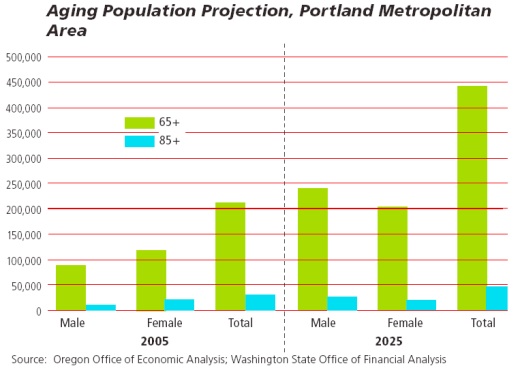
This new research from Gronigen seems important given that over 20% of Americans are expected to be over 65 years old by 2050. In the Portland region, our over-65 population is expected to double by 2025. In that same time period, we are likely to see major improvements to our bike network and large increases in the number of Portlanders who bike on a daily basis.
In the Netherlands, the study says, people 75 years and older are at a 12 times higher risk of dying in a bike crash than an average person. “Despite the relatively large road safety risks,” state the researchers, “it is essential that older people are able to continue to use their bicycles. Cycling improves their health, their quality of life, and reduces the risk of heart disease… Not being able to cycle anymore would mean reduced mobility and a loss of independence and would impact mental well-being.”
We wouldn’t want that to happen now would we?
— You can download the study as a PDF here.


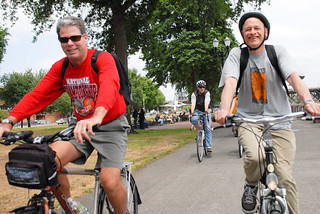
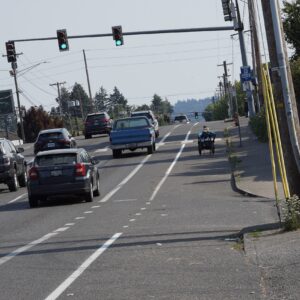
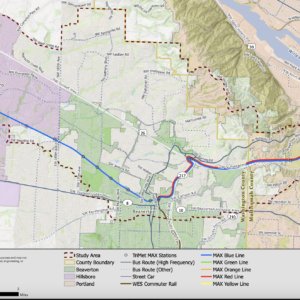

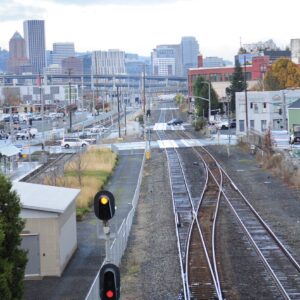
Thanks for reading.
BikePortland has served this community with independent community journalism since 2005. We rely on subscriptions from readers like you to survive. Your financial support is vital in keeping this valuable resource alive and well.
Please subscribe today to strengthen and expand our work.
So the good news is the stereotype of the 20 something pdx hipster will be over. The bad news is that those same people will be the stereotypical over 65 pdx hipsters.
Plenty of young, experienced bicyclists are seriously injured with poorly parked obstacles, too.
For instance, former Chico Velo executive director Ed McLaughlin is a quadriplegic because he hit a bollard in a city park.
http://www.newsreview.com/chico/cycling-crash/content?oid=610676
Marking obstacles helps keep everyone safe. Thanks for the article.
Ted Buehler
Unpainted speed bumps have jerked the bars from my hands. Ouch!
An unpainted and unlit speed bump sent me to the hospital for five days because I went over my handlebars and injured my liver. Within two weeks after my crash they’d put big reflective stripes on them!
And making bike infrastructure exceedingly visible might make drivers more conscious of it, too. (Making that curb more visible wouldn’t have prevented my last embarrassing crash – I just didn’t take the turn tight enough.)
Let’s hope that projections like this can spur additional action. Curious about the PDX map for 2025. Intuition tells me that the male and female bars should be swapped. Any idea why there will be more aging males in both age groups?
I just had an experience of an elderly woman trying to park in the new Moody cycle track. She started yelling at me that I “didn’t belong here ” (on the cycle track).
As a future old person, I support this research.
Kiel: sounds like she shouldn’t be driving at all. Is there a state agency where we can report drivers who have lost their abilities?
does providing access for the visually impaired extend to driver’s licenses, as well?
I’ve been saying things like this for years. Seeing how my bicycle advocacy began by helping a blind friend just walk around town it makes perfect sense to me.
This fits perfectly with existing guidance from the Federal Highway Administration on the dangers of even properly-installed bollards, the importance of making them visible, and the safer alternatives to using them.
http://www.fhwa.dot.gov/environment/recreational_trails/guidance/accessibility_guidance/bollards_access.cfm